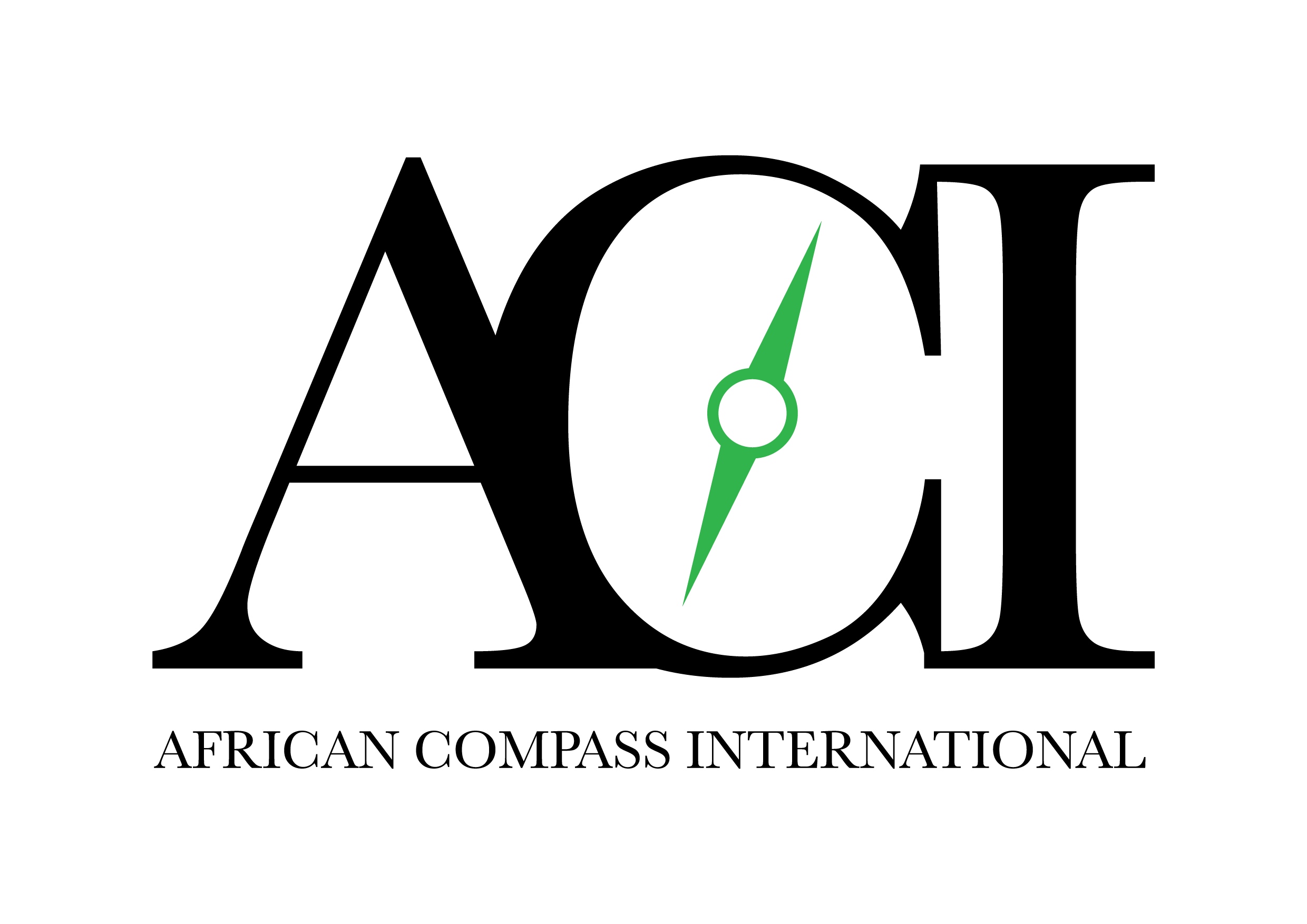The World’s Most Commonly Used Metal
Abundant, strong and easily worked, Iron was a primary factor in the Industrial Revolution and it remains today the world’s most widely used of all metals.
It is used in structural engineering – think bridges and skyscrapers.
It is heavily applied to transportation vehicles as well, including sea-faring cargo ships as well as automobiles, trucks and railroad systems.
Above all, iron is heavily applied to industrial equipment and processes including gear-cutting machines, welding and material handling operations.
Iron-based alloys can be divided into two groups: Cast Iron and Steel.
Cast Iron
Cast iron is any iron-carbon combination or alloy containing more than 2 percent carbon (derived from coal). There are several types of cast iron and they are applied to the manufacture of complex, durable, heavy shapes. Engine blocks are a classic example of highly strong, durable industrial products made possible by pouring molten iron into a mold or container, allowing the iron to cool and solidify, and then allowing that structure to be further shaped and altered to accept the mechanical components that comprise an internal combustion engine.
Steel
Steel is iron-carbon alloy having less than 2 percent carbon content. Steel can be divided into Carbon Steels and Specialty Steels.
Carbon Steels
As the name suggests, carbon is the main alloying ingredient or alloying element in carbon steel. Carbon steels are divided into three main groups:
- Mild Steel – This is low-carbon, general-purpose steel and also the most common. Mild steel can easily undergo forging, bending and welding processes.
- Medium-Carbon Steel – With somewhat more carbon added to the iron-carbon mix, this steel is stronger than mild steel, and yet it too is easy to machine, forge and cast.
- High-Carbon Steel – When subjected to heat treating, steel can be made to absorb higher amounts of carbon. Lower-carbon steel is soaked in a carbon-rich medium, then heated to a temperature of 760° to 816° C (1400° to 1500° F) in a furnace, and then abruptly cooled or quenched to obtain a fine-grain, very hard quality needed for severe-duty components such as rotary power transmission gears and shafts.
Specialty Steels
Stainless steel and tool steel are examples of the specialty steels that utilize iron.
Steel can also be coated to protect it from being oxidized or from the “rust” process via exposure to the oxygen in the environment. Common coated steels include tin-plate and galvanized steel.
As its name indicates, tin-plate steel features a coating of tin and is used for food cans (“tin cans”) and similar applications requiring protection against steel container corrosion or breakdown.
Galvanized steel is applied to building siding and roofing as well as rust-resistant automobile parts.
Sources
Iron-rich mineral deposits are common worldwide, with the most economically viable deposits found in Australia, Brazil, India, Russia, China, North America, South Africa, Venezuela, Guinea in West Africa and Mauritania in North Africa.
World production of iron ore averages about one billion metric tons annually.
World consumption of iron ore grows nearly 10 percent annually.
China is the world’s largest iron ore consuming nation due to its rapidly growing investment in construction and infrastructure, on top of its status as the world’s largest steel-producing country.



